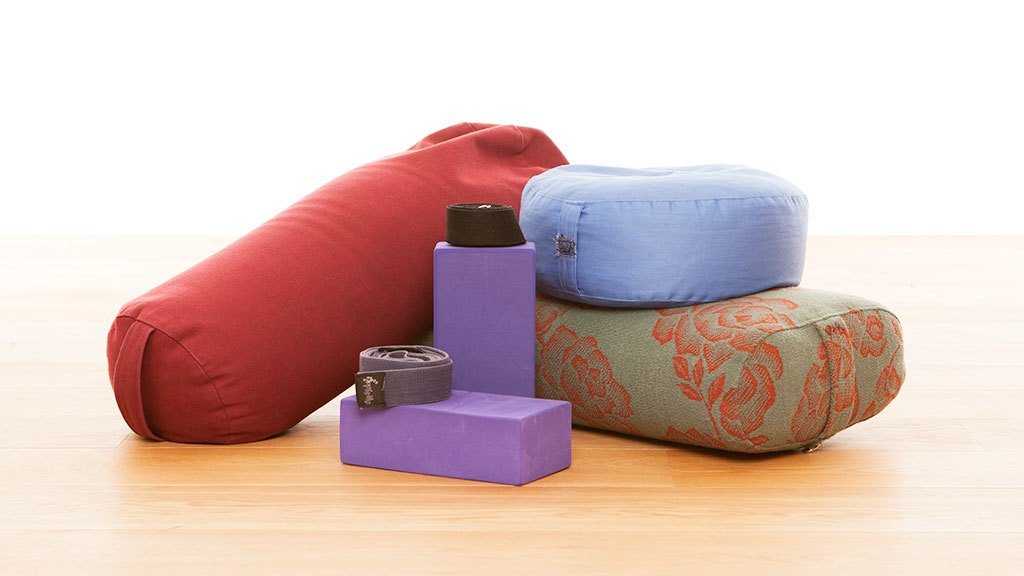BY: TRISHA CURLING
Not sure if you noticed my reference to one of my favourite hip-hop tracks, but we should all “have da props”. In this context, it’s yoga props of course. There is often an attitude when practicing yoga that using props means you are a beginner and/or not very good at yoga. I fully believe the opposite, props actually make you feel more successful. They are great to rely on. They don’t only make you feel better, but you will actually gain more success in your ability to execute poses and reap the benefits of the poses due to better alignment. This better alignment can help to prevent injury and help to increase the benefits of lengthening and strengthening that we receive during our yoga practice. There are not only a number of different types of props to use, but there is also a variety of ways in which to use them. Attending a class and/or seeking the help from a private yoga teacher will help you to understand how to use your props in the most appropriate way for you.
Blocks
These are probably one of the most popular accessories associated with yoga. You can find them in different sizes and materials like foam, wood, and/or cork. Foam blocks are more cost effective especially when just starting out. These are props you can even buy at your local Winners store. They are quite versatile in that they can be used to create better alignment (i.e. longer, more neutral spine). Blocks are great for deepening a pose, in that you can use them to create some height or more length to allow you to deepen a stretch. You can stand on them to do drills to create more stability and/or to work on balance. They can also be used as massage tools for Self Myofascial Release (SMR). SMR helps to release tissues in order for them to function to their full capacity and to also assist in recovery in order to continue to practice.
Bolsters
I had no idea what these were just three years ago, they look like large firm pillows, but they are so much more than that. These are often used in a restorative practice. There are different sizes and shapes (i.e. rectangular, cylindrical). They are excellent for side body opening (which aid in breathing). Bolsters are also very useful for chest/heart opening poses. These poses can help to access the deeper pectoral muscles in order to increase improved posture.
Blankets
Believe it or not, blankets are an amazing tool. Yoga blankets can offer more cushioning in certain poses. They can provide comfort and deeper relaxation in some poses. They are great because you can fold and manipulate them to a given height or shape that works perfectly for your body.
Having these props at hand during your yoga practice is one thing, knowing how to use them appropriately is another. They are great companions to have on your mat. Even in a Vinyasa class when you have a steady flow to follow they can be easily and quickly incorporated. It is always a good idea to seek support from someone that will be able to help you utilize them in order to get the most out of using them.
Being a private yoga teacher, I can help with the best and most useful ways to use your props for your individual needs …“And I’mma let you know, who got the flow” Ok, Vinyasa flow, not the best rhymes!
Now you “got da props”, so get on your mat!

